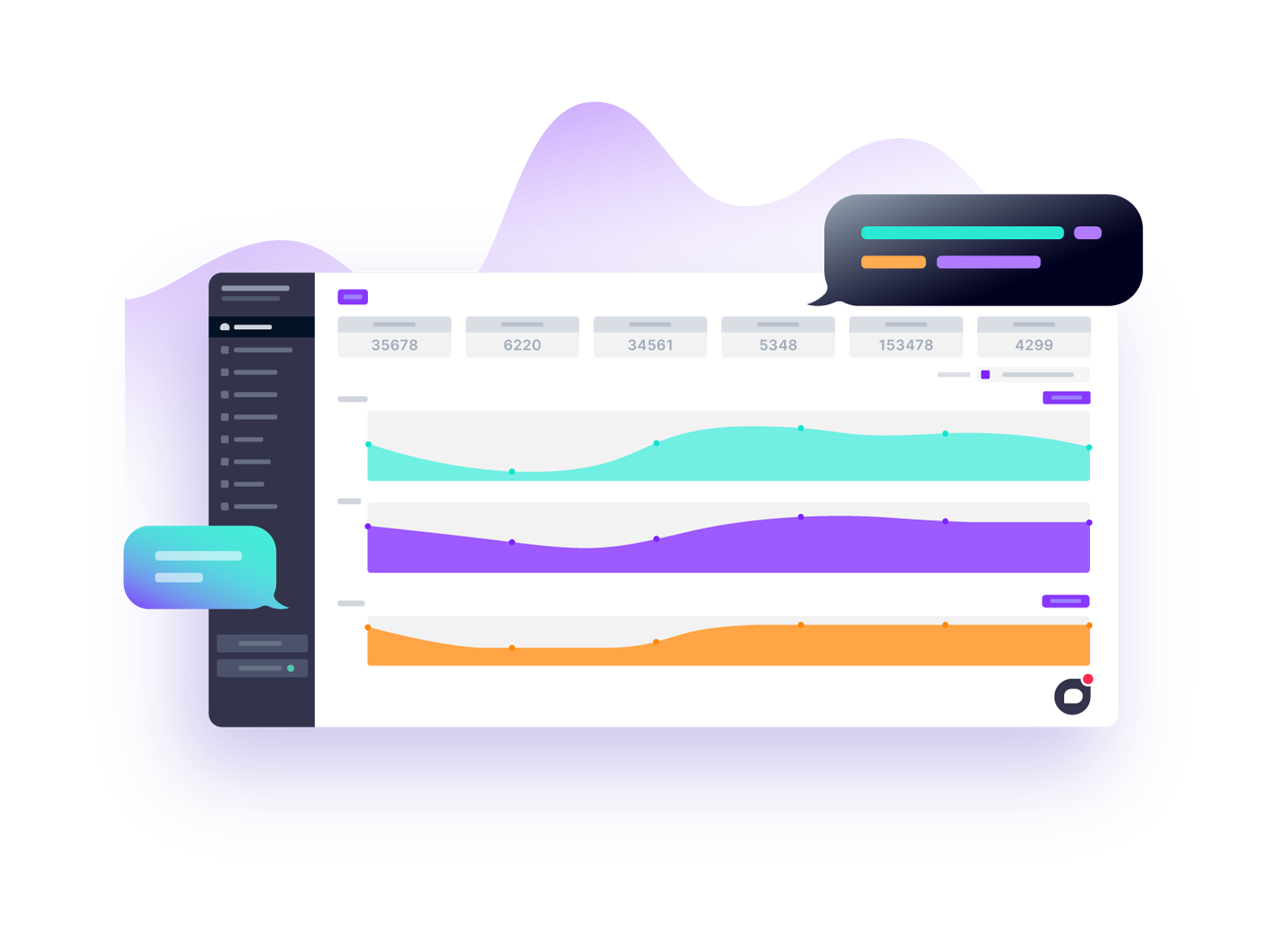Whether you are using SMS for your business as an enterprise company or are in SMS trading, you will probably agree with me that SMS delivery reports play the most important role in ensuring the success of your message campaigns.
If you would like to learn more about delivery reports, or DLRs for short, this article will help you understand what they are, why they are crucial in SMS business, how to interpret them and things to pay close attention to when analyzing them.
So what is a DLR?
A DLR is a notification that you receive in real time from your SMS Aggregator or Mobile Network Operator that lets you know the status of your sent message. DLRs are there to assure you that your message was delivered successfully, or point to any potential delivery issues, making it an essential tool for tracking and analyzing the performance of your SMS campaigns.
How does it work?
When an SMS is sent from you to a recipient, it first goes to the Short Message Service Center (SMSC). An SMSC acts like a switchboard – it routes the SMS to where it needs to go, stores it in case the recipient is out of range, and tries to deliver the message when they are in coverage. Whether the message gets successfully delivered, or a delivery failure occurs, the SMSC generates a delivery response stating the status of the message.
Different DLR statuses
As you may have guessed, a message that gets successfully delivered will generate a DLR that says “Delivered”. When a message still hasn’t reached its destination, you will see statuses such as “Pending” or “Partially delivered”, with the latter being the status seen in multipart messages. “Undeliverable”, “Rejected” and “Expired” point to certain delivery issues. All these statuses offer valuable insight and can be used to stir your SMS campaign in the right direction.

Let’s consider the following example:
Janet is a marketing manager at XYZ Company. She needs to promote her company’s new product to 20,000 recipients in her opt-in list. She launches a bulk SMS campaign, inviting her customers to use a voucher to receive 15% off their first purchase.
Subsequently, Janet receives the delivery reports from her SMS route vendor saying that 18,000 messages got successfully delivered, 1,500 got partially delivered, cutting out a part of the message, while 500 were with failed delivery. Based on these delivery reports, Janet will be able to assess the success rate of her campaign and to remedy any issues before launching a new one.
How reliable are SMS delivery reports?
From the previous example, we would conclude with a certain amount of confidence that Janet will have a successful marketing campaign since most of her SMS were successfully delivered according to the DLRs. However, she observed that fewer clients than expected engaged with her messages. Now Janet is asking herself – is the issue with the message itself, or is it with delivery?
Delivery reports are mostly a reliable tool to help you confirm the receipt of a message; however, in recent years, some SMS aggregators, that wanted to earn extra profit, decided to send fake delivery reports – notoriously known in the SMS industry as Fake DLRs – while not actually delivering some portion of the messages.
The future of business messaging became uncertain as distrust in DLRs started to grow, but from there, a solution arose – SMS testing.
How to check if your SMS delivery reports are truthful?
The most fail-safe way to ensure your SMS supplier is forwarding you truthful delivery reports is to test before sending SMS to your opt-in list. You can send the SMS to your own number to see if you will receive the message, or you can rely on SMS testing platforms if you need to send messages to multiple destinations.
SMS testing platforms are specialized tools that offer phone numbers for the purpose of delivery verification. They can provide you with the real delivery status so you may compare it with your SMS vendor’s DLR.
Here’s an example of how fake delivery report can be caught with our TelQ SMS testing tool. We sent a test SMS on real mobile number and got a positive DLR result. However, TelQ also checks the actual status on the recipient side and its result was negative in this case.

If we go back to Janet’s case, using an SMS testing platform would also give her the option to check what part of the message got cut off, if the call to action was included and she would be able to try out different settings to optimize her multipart message before sending it to her customers.

How to analyze your SMS delivery report?
Delivery reports are fairly straightforward to analyze and pairing them with the real delivery report from your SMS testing platform ensures you get a clear picture of how your SMS route works.
One message might help you understand if there is an immediate issue, however, DLRs should be tightly monitored. To make analyzing them easy, most SMS Testing Platforms will have records of your test results displayed in your account.
How to improve your SMS delivery rate?
Here are some tips for optimizing your SMS delivery, and not just on paper!
- Use reputable SMS aggregators as they are much less likely to send you fake DLRs.
- Ensure that your client database is up to date. This will result in fewer failed messages.
- Optimize your message content to comply with carrier guidelines. Testing your content beforehand will help you understand what parts of the message you should pay close attention to.
- Monitor and address delivery failures regularly. With most SMS testing platforms, you can set up scheduled test batches to keep a close eye on your route and make sure delivery is consistent.

To sum it up
Delivery reports are an essential tool to use in your bulk SMS campaigns. Recognizing and remedying the delivery failures is important, but even more important is to keep an eye on a route that is constantly sending you positive DLRs, while your marketing campaign does not reflect that.
Therefore, make sure to test your SMS before sending thousands of messages to your clients!
TelQ – We got you covered!



